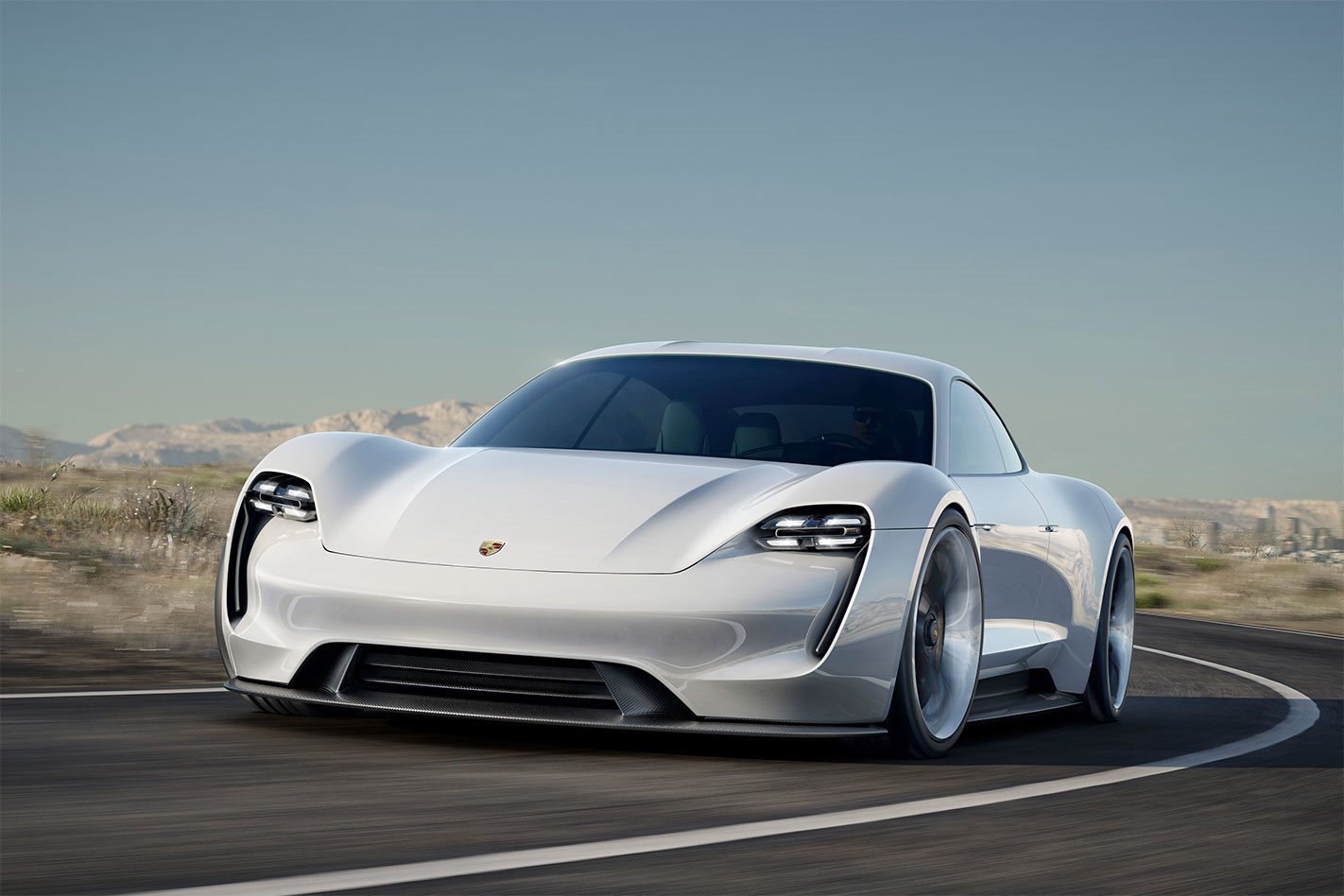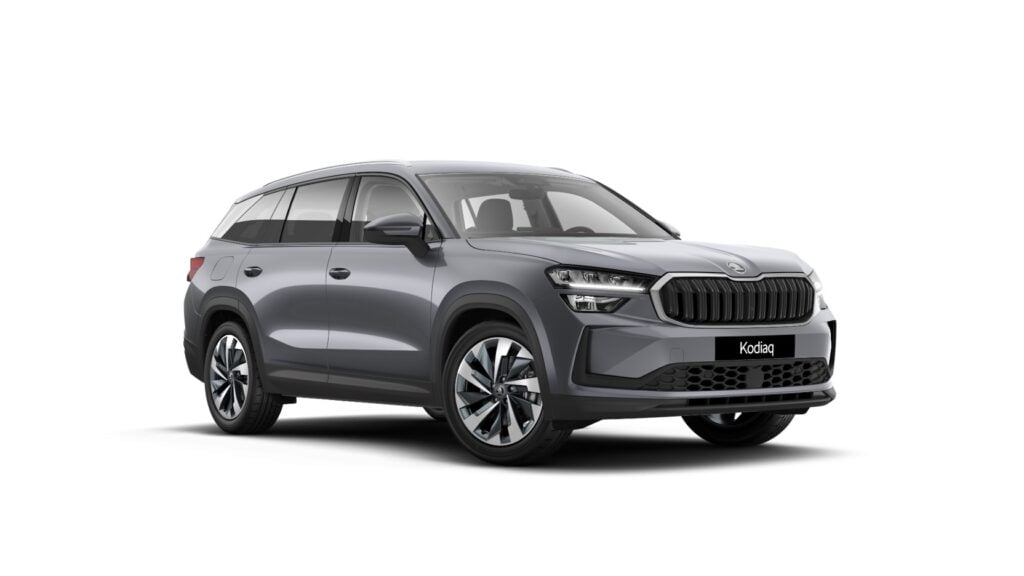Porsche is responsible for the first shock unveiling of the Frankfurt Motor Show with the debut of the Mission E concept.
Looking like an elongated, futuristic 911, the Mission E features two permanent magnet synchronous electric motors to provide propulsion and recover braking energy.
Developed from a similar system in the Le Mans-winning 919 Hybrid LMP1 car, together the motors produce “over 440kW”, enough to shift the Mission E from 0-100km/h in a 3.5sec and to 200km/h in under 12 seconds, very similar numbers to the current 911 GT3.
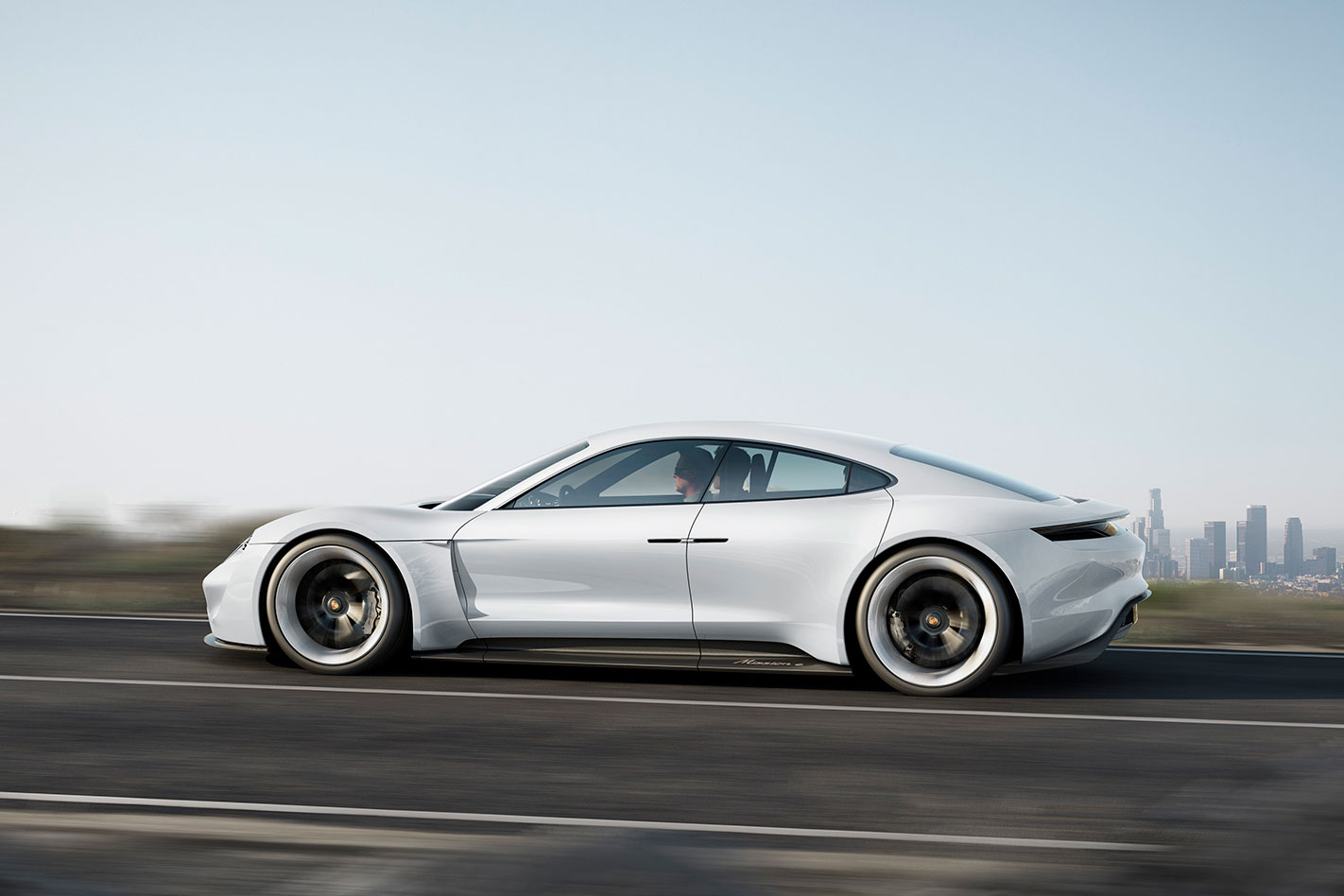
All-wheel steering, similar to the system used in the 911 Turbo and GT3, is also present, and Porsche claims the Mission E is good for a sub-8min lap of the Nurburgring Nordschleife.
Maximum driving range is claimed to be over 500km, while the ability of the Mission E to plug into an 800-volt outlet – compared to a maximum of 400 volts for current electric cars like the Tesla Model S – means the batteries can be charged to 80 per cent capacity in just 15 minutes.
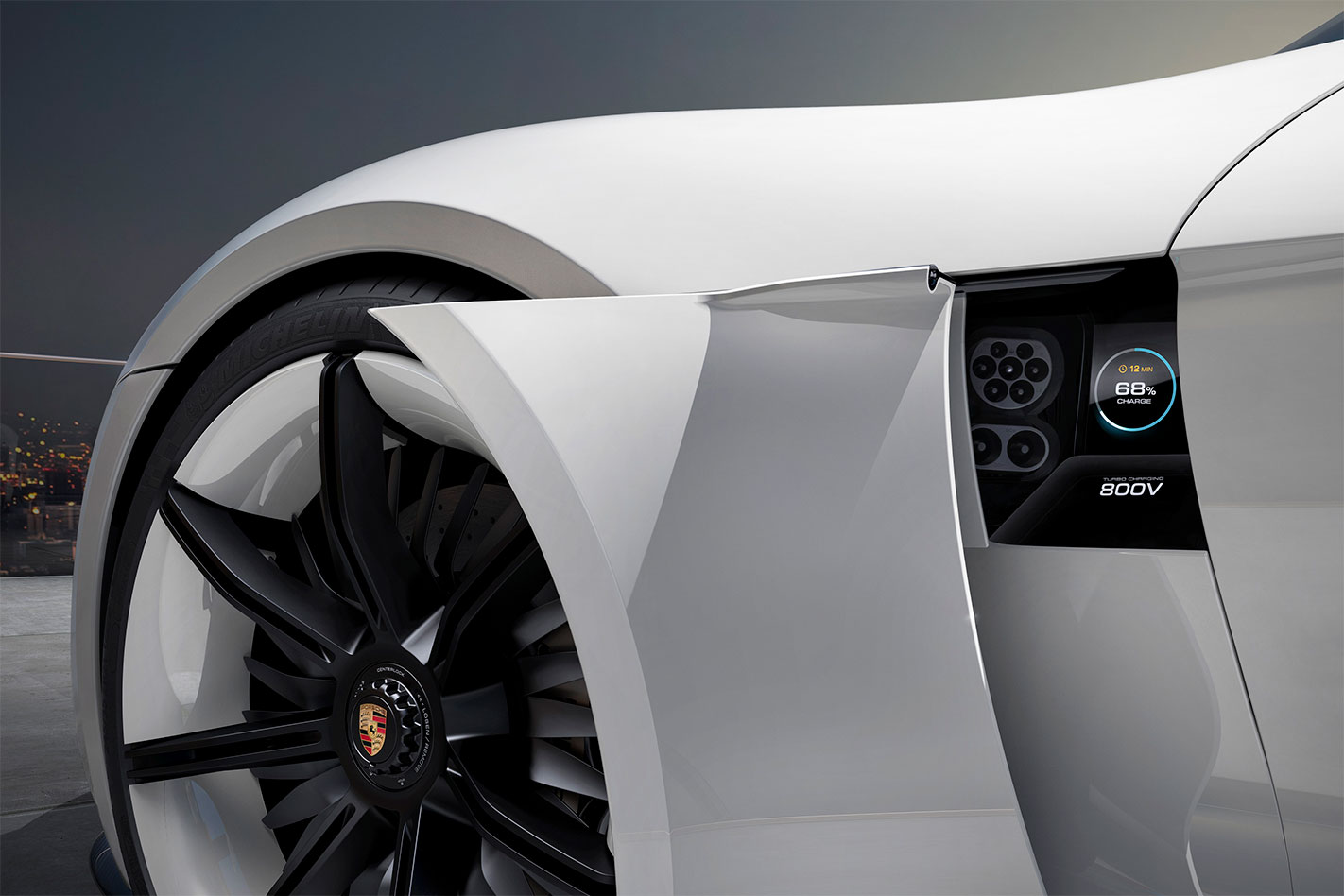
The all-electric drivetrain now only results in an extremely low centre of gravity, but the space liberated by the lack of mechanicals has allowed Porsche to increase interior accommodation and install four individual bucket seats.
Inside, Porsche has taken a leap into the future. The cabin layout is familiar from current Porsches, but the display surfaces are like something out of The Fifth Element.
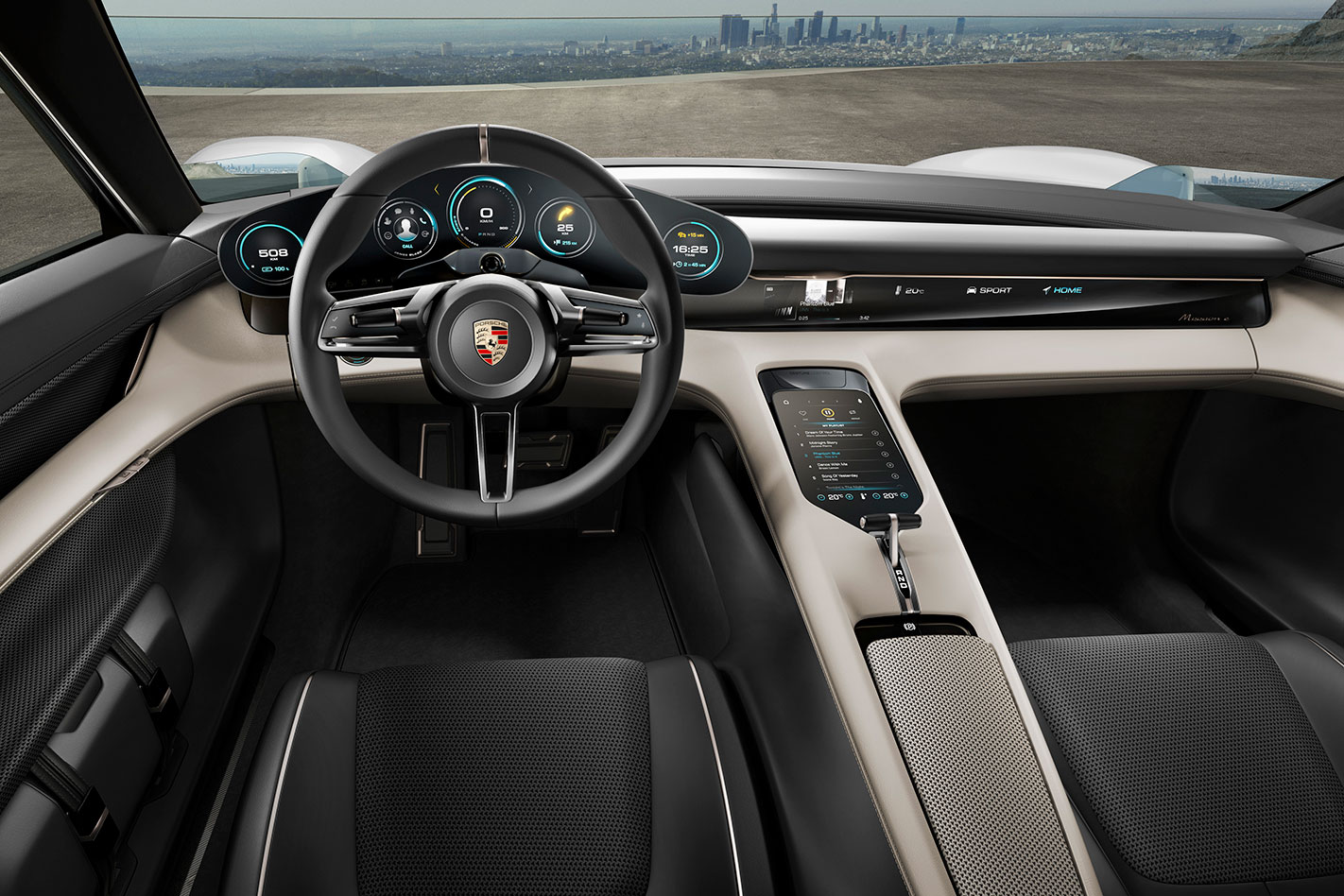
Porsche has also revolutionised the side mirror by deleting them all together and displaying what would traditionally be shown by an external mirror in the bottom corners of the windscreen.
In addition, a holographic display that extends the length of the dashboard allows the passenger to control media, sat-nav, climate control and vehicle functions using touch-free gesture technology, though these functions can also be controlled using the centre-console-mounted touch screen.
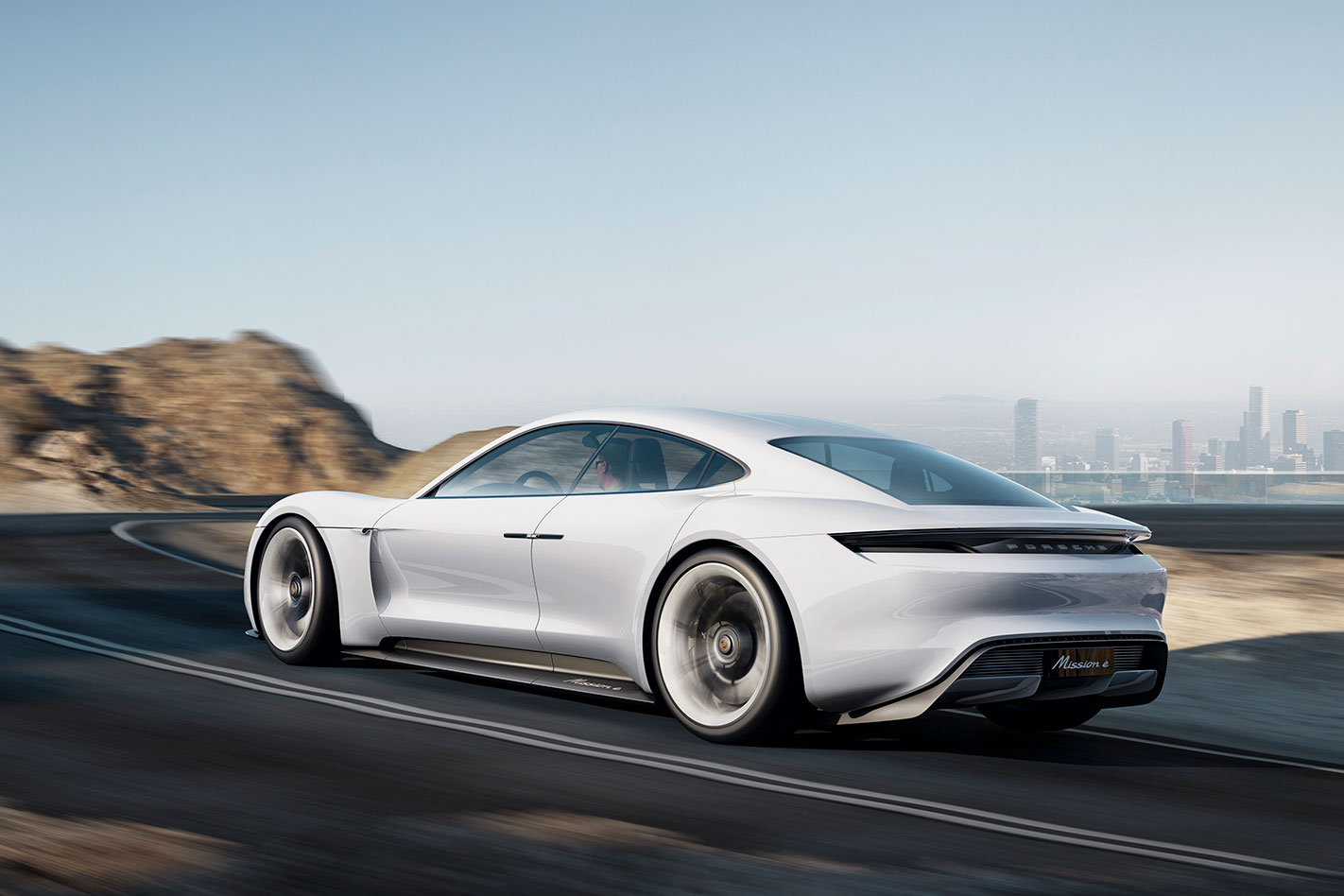
While cars such as the Tesla Model S P85 D and Mercedes-Benz SLS AMG E-Cell have proved that battery-powered performance cars can have huge appeal, is the world ready for an all-electric Porsche? We suspect it’ll arrive soon regardless.


